With a long-established history dated back to the prehistoric era, Southeast Asia is a vibrant cultural hub of the world. In this day and age, this region draws more and more attention of the public eyes as more and more culture inspiring experiences are exposed to international tourists. From holy places of the local religions to unique lifestyles of people residing by the riverside, spending a cultural holiday in Southeast Asia will never leave you with regret.
The following are the top-picked experiences by travel experts to trigger as well as satisfy your passion for culture
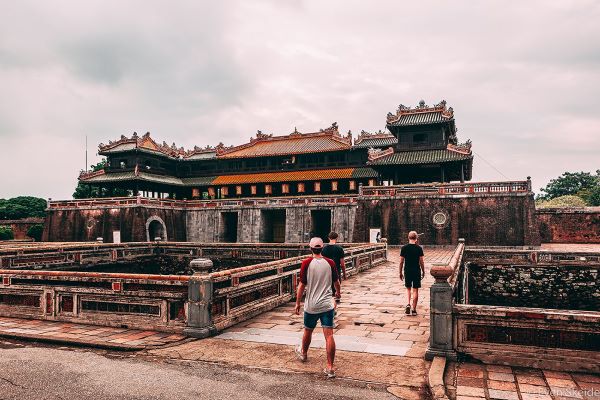
Stay With Ethnic Minority Families In The Northern Mountains Of Vietnam
One of the best experiences for travelers coming to the Northern Highland of Vietnam is to experience a homestay with the ethnic communities. Vietnam is home to more than 50 subgroups of people. While most of what the world sees is the daily routines of the Vietnamese living in the affluent deltas, life on high mountain ranges can be somewhat different.
If your next stop is Sapa, Mai Chau, or Pu Luong, don’t miss a chance to have direct contact with indigenous people, to eat, to live and learn about the culture and customs of the hill tribes. Traveling to a homestay will also bring a very different feeling when you stay at regular hotels.
To make it simple, homestay a type of tourism that enables the guests to stay in authentic houses of the locals, share meals with them, and join them on special occasions. On the other hand, you will become a family member of the ethnic family. This kind of accommodation facilitates real communication, taking you closer to the traditional culture in the place you are paying a visit.
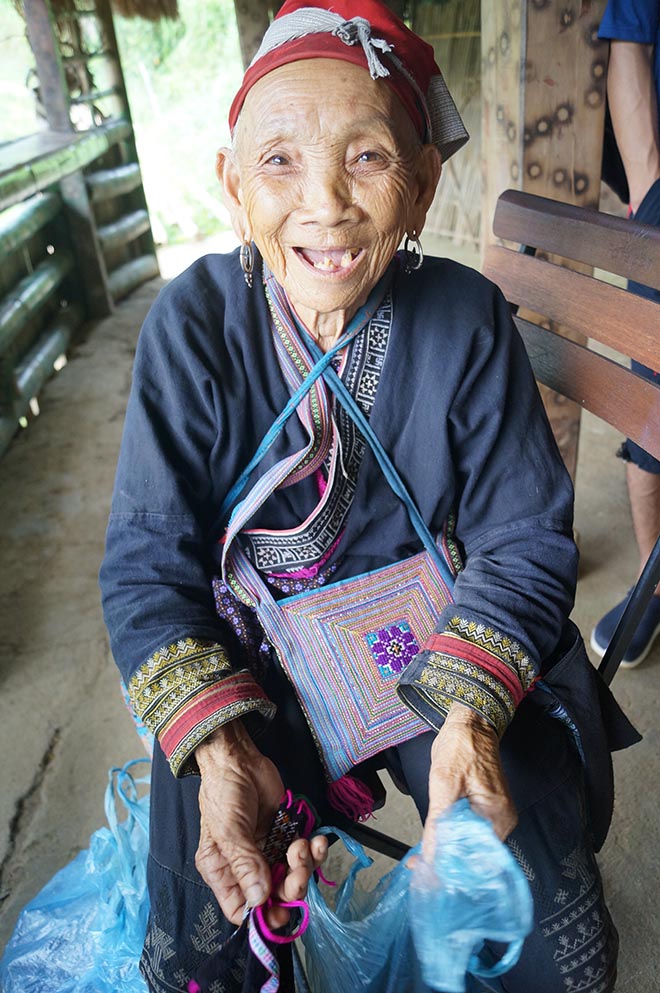
Homestay is a new type of residence service, contributing to the improvement of the local life. As most of the hill tribes are facing poverty due to the insufficiency of resources, tourism and homestay is an ideal way to boost the economy while preserving the long-established culture.
Wake Up In The Sacred Ritual Of Morning Alms In Luang Prabang, Laos
The morning alms ceremony has unique cultural features based on Theravada Buddhism. With the majority of population following the most ancient schools of Buddhism, ancient rituals are still practiced in the Land of Million Elephants. This tradition is the most obvious in the capital city of Luang Prabang.
Every day, when the dawn is breaking over the valley, the saffron-swathed monks on their bare feet, adjoin in a long line, silently walking from broad streets to narrow paths. They carry a knotted box, usually from palm leaves. As the monks pass by, the locals put some foods on the box. Both of them do some wats (a form of greeting, also blessing in Buddhism). After collecting enough food, the monks may share with the poor and the homeless. This tradition helps the Theravada Buddhist practitioner both observe, remove the ignorance, and indirectly create merit for the people who make offerings.
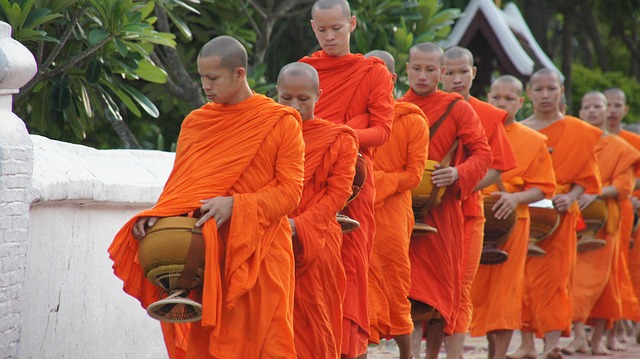
This sacred ritual has long attracted a large number of tourists. Especially when visiting the ancient and peaceful ancient Capital of Luang Prabang, a UNESCO-designated cultural heritages, the guests can join the ceremony by giving food to the monks. More than just standing aside and witness, you can actually participate in the alms.
Trace Back The Dark History Of The Cambodians
The Killing Fields in Cambodia, also known as Choeung Ek, is where the Khmer Rouge genocide has killed thousands of innocent people. From 1975 to 1978, 17,000 women, children, and infants were tortured and murdered here.
Choeung Ek will give the international travelers a tragic vibe right at the very first step. You will see more than 8,000 skulls stored in a glass tower, scattered human bones everywhere and a memorial tower was inaugurated in 1988. The terrible obsession it brings is enough to make adults shiver. If you walk around the Killing Field, see the mass graves and read the accounts of what happened at Choeung Ek, you will imagine this place is no different from hell.
But it’s definitely worth a visit. A lot of people only know Cambodia as the country with the UNESCO Site Angkor Wat. Most of us, the outsiders, are not aware of the dark history which occurs only four decades ago. Come and visit the Killing Fields, we can see not only the heart-wrenching past but also the tight union of the Indochina nations.
Admire The Largest Religious Complex To Still Exist In Cambodia
Located in the country of Cambodia and used to be the residence of the mighty Khmer empire, Angkor which can be translated into Capital was the center of a civilization developed from the 9th to the 15th century. Angkor Wat was built in the 12th century by King Suryavarman, which later became one of the largest and oldest temples in the world. Angkor Wat plays an essential role in promoting Cambodia’s tourism image.
There are more than 1,000 temples with all shapes and sizes in Angkor. All of them are under fierce guard of the UNESCO. Some have been going through restoration for the significance in archaeological research.
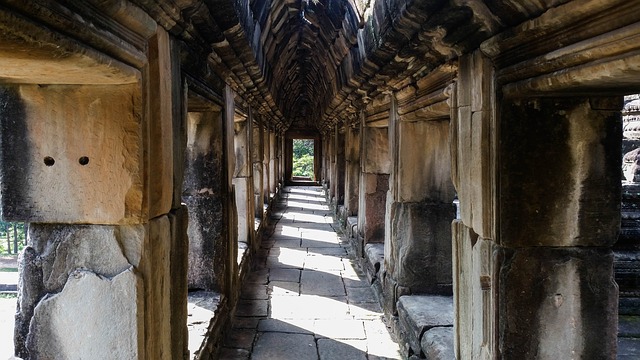
Wandering around the silhouetted towers of Angkor Wat, you can explore numerous layers of history and culture of Cambodian. It is genuinely immersive when contemplating the moment streaks of auburn-orange burn covering the old-fashioned roof-tops in the city. It is time for a glorious and vigorous world to wake up in this land.
Take A Cruise On The Backbone Of Indochina Peninsula, Mekong River
From the snowy mountains of Tibetan plateau, Himalaya rises Mekong river, the 12th-longest river of the world that flows through all the three countries in Southeast Asia. The river becomes a connection among the nations it runs through and makes Mekong Cruise one of the most exciting way to explore the indigenous culture of the communities by the Mekong riverbank.
The Mekong covers a massive area of about 795,000 km2 and a significant length of 4,350 km. Hence, a Mekong cruise leads you through a wide variety of topography ranging from vast salt marshes, wetlands, flooded forests to giant limestone mountains and even a vast freshwater lake. This diverse geography has been home to a large number of species. In fact, the Mekong aquatic biodiversity is only second to that of the Amazon.
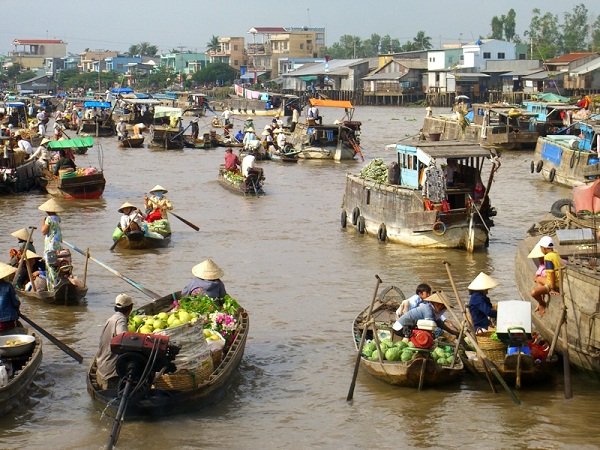
Furthermore, the life of Southeast Asian people by the river bank is so much vibrant despite the lack of super high-technology industry. The villagers beside the Mekong based mostly on agriculture and fishery. They “live on” the water both literally. Have you ever heard of “floating markets”? No skyscraper is needed for trading and exchanging locally-grown produce; all the Mekong goods are sold and bought from boats to boats.
A Mekong cruise will bring you the chance to witness this exotic social life on the water with your own eyes. You can even sincerely join in local people’s everyday life by moving from a boat to another to find for yourself the best tropical offering of Mekong Delta. This must be the most memorable cultural exchange in your whole life.




Comments